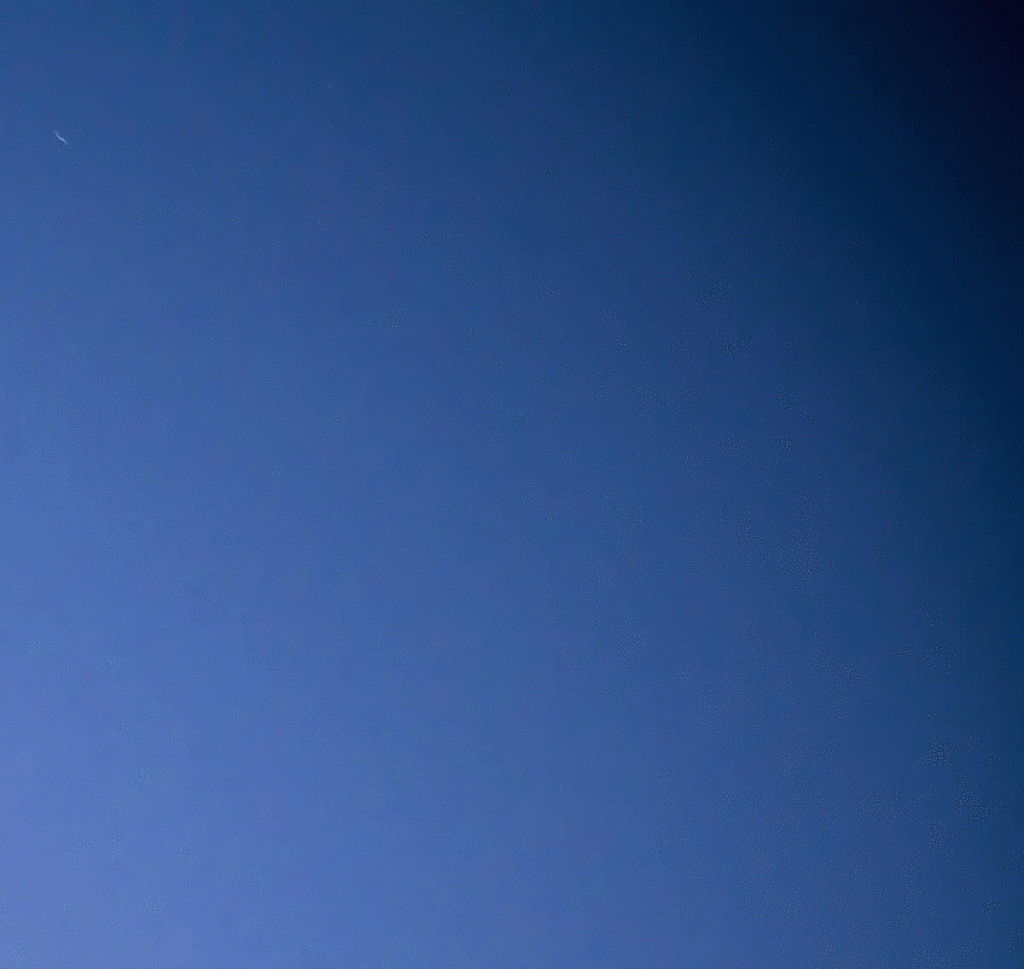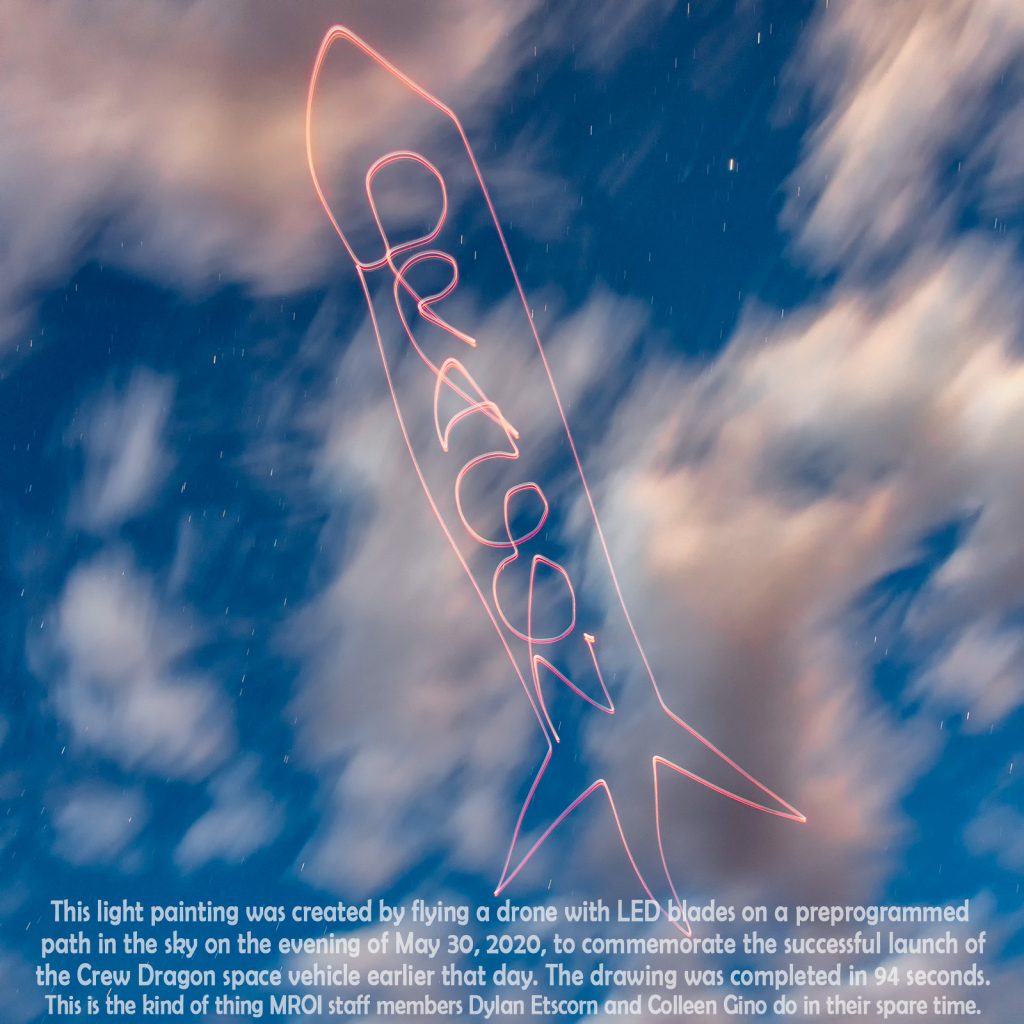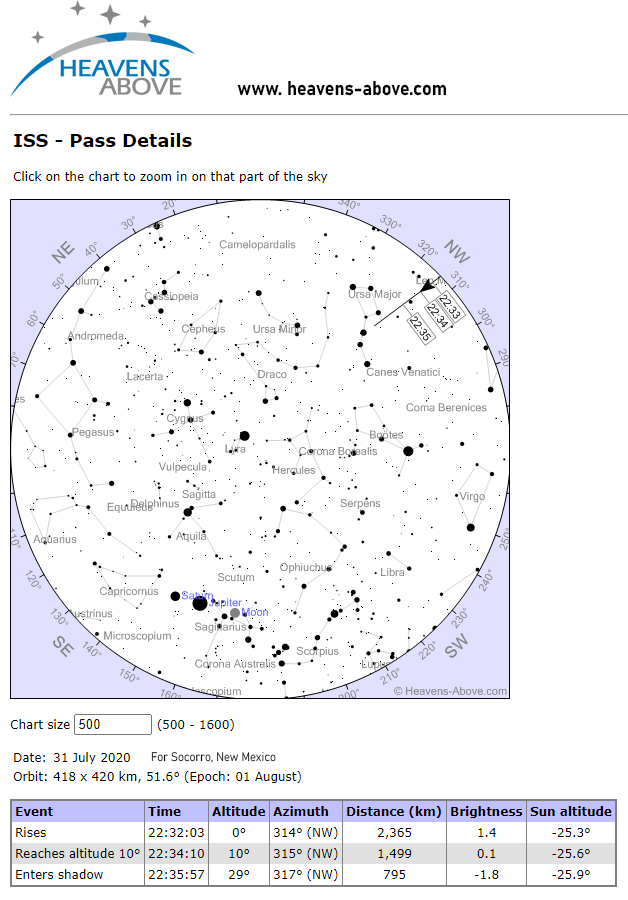By this time, you’ve likely heard about the SpaceX Starlink satellites, if only due to the great concern being voiced by both professional and amateur astronomers that the night sky will never be the same. Over the next decade, Starlink plans to launch 12,000 satellites into low Earth orbit for the purpose of providing high-speed internet everywhere on Earth. That’s great news for those of us in rural areas like Socorro, New Mexico, who deal with incredibly poor internet service, but not-so-great news for those of us who observe the night sky.

Currently, there are 2,666 operational satellites orbiting the Earth (Union of Concerned Citizens). Anyone who has watched the night sky for long has likely seen a satellite or two passing overhead, and those of us who image the night sky will occasionally capture the streak of a satellite as it passes through the field of view. With an additional 12,000 satellites in orbit, the chances of a satellite photo-bombing one’s image increases dramatically. Add to that another 30,000 satellites, which SpaceX is in the process of getting approval for, and one begins to wonder if it will be possible to take an image without a satellite passing through. SpaceX/Starlink founder Elon Musk isn’t overly concerned with this prospect, as he is reported to be of the opinion that all astronomical observing should be done by orbiting telescopes anyway. Yo, love your forward thinking, dude! Can my beloved Takahashi refractor hitch a ride on one of your satellites by any chance?
Moreover, SpaceX isn’t the only company chasing the golden goose of providing global high-speed internet via satellites; OneWeb Satellites plans to deploy up to 900 satellites into low Earth orbit with the same goal, and Amazon’s founder and CEO Jeff Bezos is developing Project Kuiper, a constellation of 3,236 satellites for high-speed broadband connectivity. It could get pretty crowded up there!
SpaceX addressed the concern of Starlink satellites ruining astronomical imaging early on by using an experimental coating on one of the satellites to reduce its reflectivity, and a deployable sun visor on another satellite to block sunlight from reflecting off the antenna surfaces. All 58 satellites of the next batch, whose launch window starts tomorrow, August 7 at about 1 AM EDT, are equipped with the sun visor. Musk has shown at least some level of sensitivity to the concerns of the astronomical community about the negative impact that thousands of shiny satellites swarming above us will have on Earth-based observations.
At this point there are 538 Starlink satellites in orbit, soon to be 596 if tomorrow’s scheduled launch takes place as planned. This number is enough for Starlink to offer a beta version of its internet connectivity to the USA and Canada before the end of this year. Of course I signed up immediately upon hearing this news, but unfortunately the service will be only available to higher latitude locations in the US. You can sign up to be a beta tester on their website.
If you’re interested in trying to catch a glimpse of Starlink satellites, refer to the website Heavens Above. Here you can find visibility details on all of the satellites from all of the launches calculated for your location. The most interesting time to view them is within the first few days of launch, as they are still close together and appear as a string of lights in motion rather than a single point of light, as in the video above.
Love ’em or hate ’em, it looks like Starlink satellites are here to stay. While I might get a little cranky when I have to throw out a perfectly good astrophoto due to some unsightly streaks of unwanted light, the prospect of affordable high-speed internet availability is awfully appealing!
M. Colleen Gino, MRO Assistant Director of Outreach and Communications



